A Journey into the Heart of a Moroccan Wedding
Imagine yourself standing beneath a canopy of lanterns as the rhythmic beat of bendir drums echoes through a courtyard filled with laughter, incense, and vibrant colors. You’re not just a gues, you’re part of something sacred, ancestral, and unforgettable. This is a Moroccan wedding, and it’s unlike anything you’ve ever experienced.
A Moroccan wedding isn’t merely a celebration; it’s a living mosaic of spiritual symbolism, family heritage, and centuries-old rituals passed down like heirlooms. From henna nights filled with whispered blessings to the bride’s majestic procession on the Amariya, every moment is infused with meaning.
Whether you’re planning to attend one, marry into a Moroccan family, or are simply fascinated by global cultures, this guide unveils the deeper layers of Moroccan wedding traditions, many of which remain hidden from tourists and Instagram feeds.
Discover this Morocco’s Traditional Women’s and Men’s Djellaba and Their Cultural Roots
Fes and Meknes: Andalusian Elegance and Aissawa Mysticism
In Fes and Meknes, weddings reflect the cities’ Andalusian heritage and spiritual depth.
Aissawa music is a central part of the wedding night. This spiritual musical group plays hypnotic rhythms with flutes, drums, and chants, often leading the Zaffa procession and invoking blessings.
- Brides typically wear Fassi-style caftans: luxurious, intricately embroidered dresses in soft pastels or deep royal tones.
- The overall feel is graceful, elegant, and steeped in religious symbolism and family pride.
Aissawa performances are more than entertainment; they’re spiritual ceremonies wrapped in rhythm.
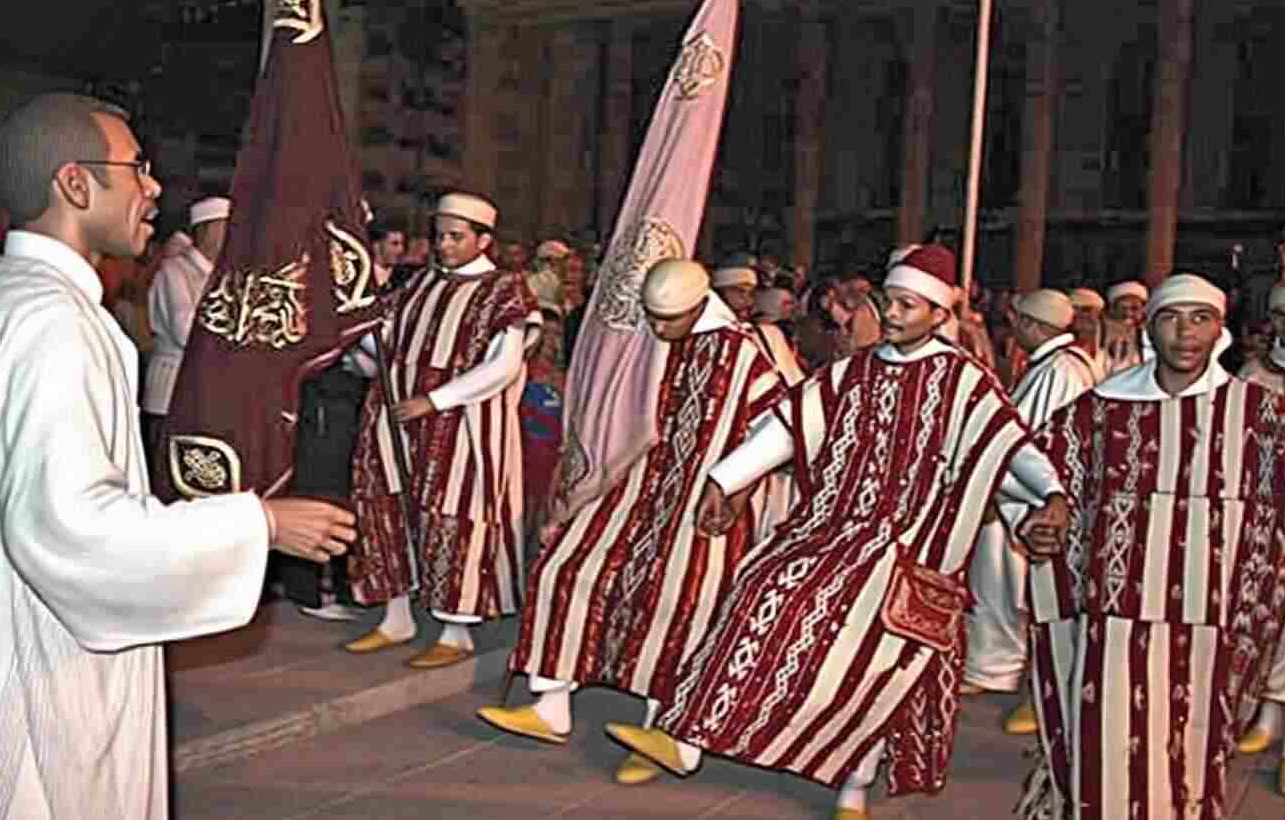
Sahara Region: L’Beldi Style and Sahrawi Hospitality
In cities like Laayoune, Smara, or Tan-Tan, weddings have a distinct Sahrawi flavor, shaped by nomadic customs and desert traditions.
- The style is often called “l’beldi”, meaning “the traditional way.” This includes brightly colored melfas (draped garments worn by Sahrawi women) and silver jewelry that carries tribal significance.
- Music is performed using tidinit (a Saharan lute), clapping, and poetic chanting, often in Hassaniya Arabic.
- The celebration can last for days, with large family tents, slow-cooked camel meat, and traditional Saharan tea ceremonies served three times, each one with a different meaning.
Sahrawi weddings are built around storytelling, endurance, and shared joy under the desert sky.
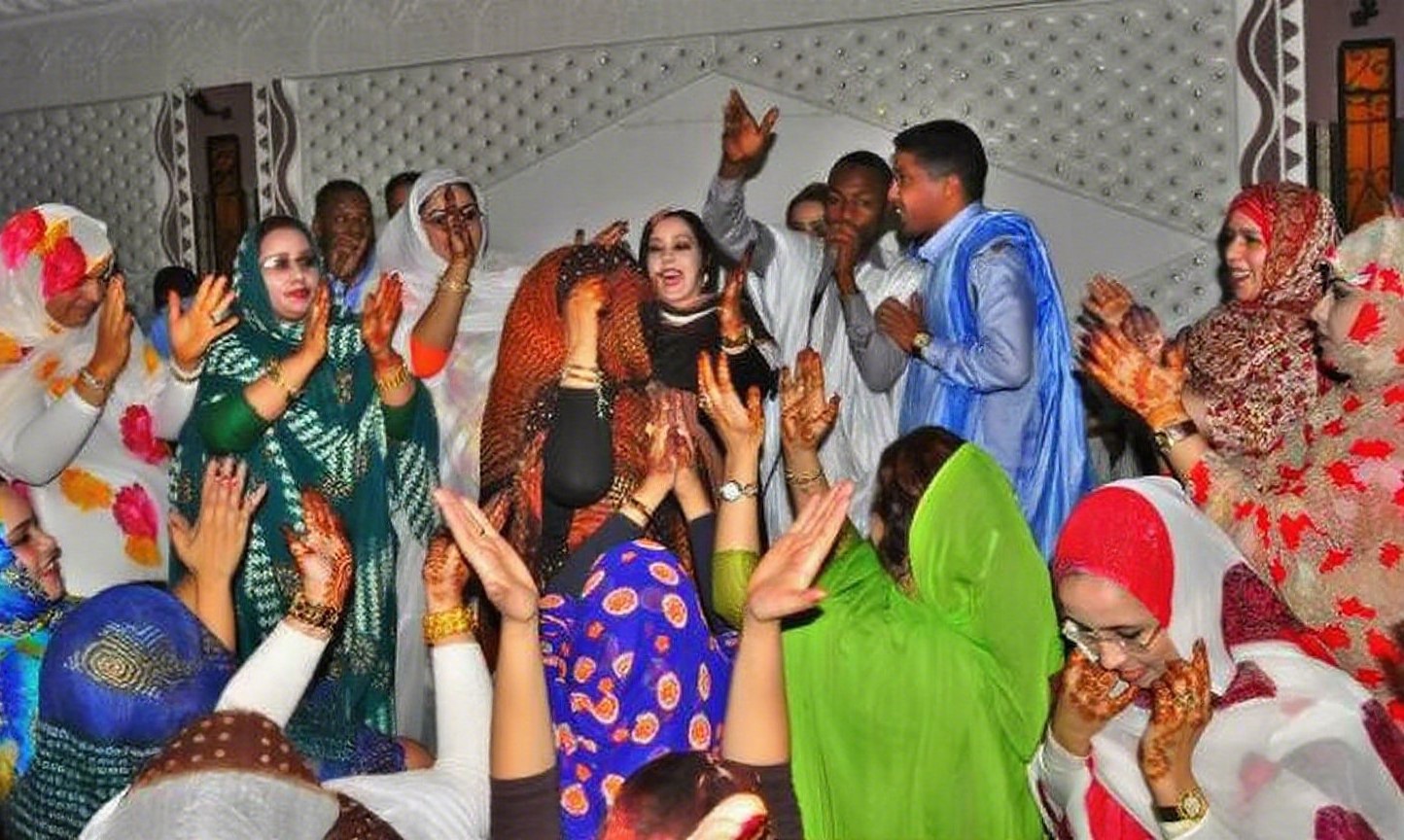
High and Middle Atlas: Amazigh Roots and Ahidous Rhythms
In the Atlas Mountains, especially around regions like Khenifra, Azilal, Imilchil, or Midelt, weddings reflect Amazigh (Berber) identity and a deep connection to land and ancestry.
- The centerpiece of the celebration is Ahidous a group dance performed in a circle with synchronized clapping and poetic Amazigh chanting. It’s both hypnotic and communal.
- Brides wear hand-woven garments, with gold jewelry, headpieces, and even symbolic tattoos or henna designs based on tribal motifs.
- In Imilchil, there’s even a famous collective wedding festival, where multiple couples get married during an annual gathering, rooted in ancient tribal agreements.
Did you know? In traditional Atlas weddings, entire villages often participate, and the celebration can last up to a week.
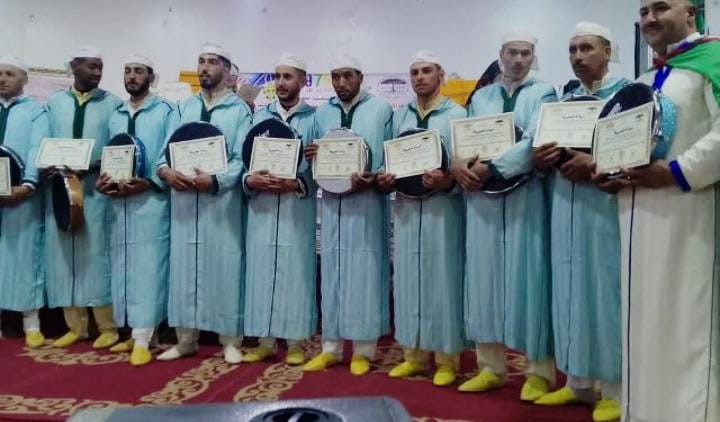
Souss and the South: Ahwach and Deep Communal Spirit
In Taroudant, Tiznit, Agadir, and the surrounding regions of Souss, the heartbeat of the wedding is Ahwach, a breathtaking Amazigh group performance that combines dance, chanting, drumming, and poetic exchange.
- Ahwach involves men and women facing each other, singing and clapping in harmony. It can last late into the night, under the stars, and is seen as both celebration and spiritual offering.
- Brides wear the Tachelhit-style garments, often rich in red and orange, and adorned with amber and coral jewelry.
- The food is hearty and local: lamb tagine, barley couscous, and sometimes regional specialties like amlou and argan-based dishes.
A Soussi wedding is less about glamour and more about deep cultural expression, it’s a rhythmic connection between people and place.
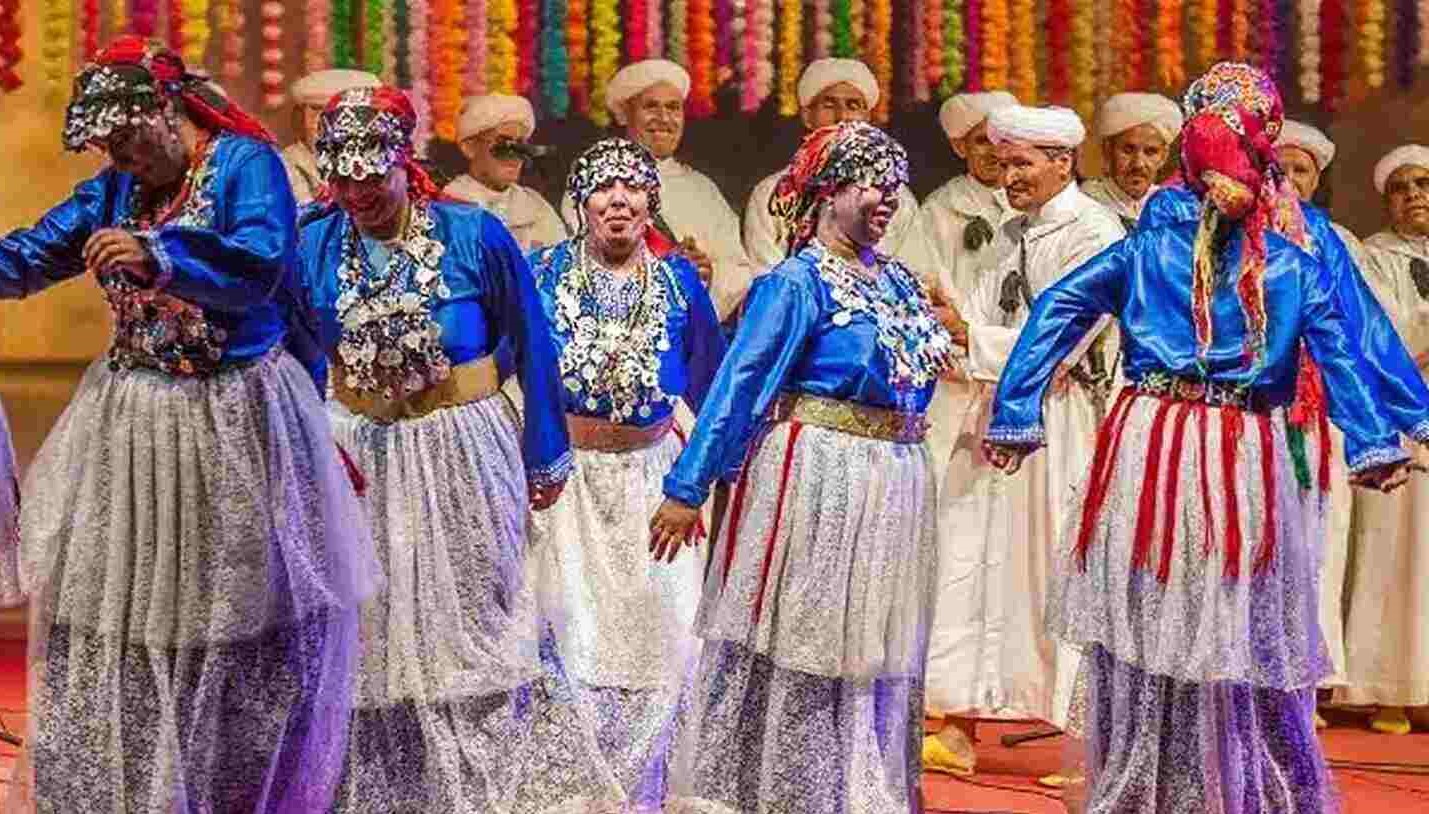
Pre-Wedding Rituals: Time-Honored Moroccan Wedding Traditions
Before the big day, there’s a whole world of pre-wedding excitement that sets the stage for a Moroccan wedding. These traditions aren’t just beautiful—they’re deeply meaningful. Each one reflects Morocco’s love for heritage, family bonds, and the idea that marriage is more than a ceremony. It’s a blessing, a celebration, and a story passed down through generations.
Let’s walk through the heartwarming and symbolic rituals that take place before the bride ever steps into her wedding dress.
Laylat Al Henna: The Sacred Henna Night
You’ve probably heard of henna, but in Morocco, henna night—or Laylat Al Henna—is something truly special. This is often the most emotional night of all, especially for the bride and her closest women.
Here’s what typically happens:
- The bride’s hands and feet are decorated with intricate henna patterns believed to protect her from bad luck and bring fertility and joy.
- Female relatives and friends gather around, singing traditional songs, clapping, and sometimes shedding a few happy tears.
- Elder women lead prayers and blessings, whispering words of wisdom and wishes for a happy life.
The atmosphere is intimate and powerful. You’re surrounded by laughter, soft music, and the scent of amber and rosewater. And while it’s deeply spiritual, it’s also just plain fun—everyone joins in the celebration.
Visual tip: A short video of a Moroccan henna night would beautifully showcase the emotion and elegance of this event.
The Amariya: The Bridal Throne Ceremony
Now, here comes the part that feels like a royal fairytale.
During the wedding celebration, the bride is carried into the venue on a large, ornately decorated seat called the Amariya. You can think of it like a bridal throne—because, on this night, she’s treated like a queen.
- She’s lifted high above the guests, often with her groom nearby, and paraded around the room with joyful music.
- This is where everyone gasps in awe—her dress is stunning, the jewelry sparkles under the lights, and her expression is usually a mix of nerves and joy.
- The moment is captured in hundreds of photos, as the couple officially enters the celebration in full traditional splendor.
The Amariya is one of the most iconic moments of a traditional Moroccan wedding, and one you’ll never forget if you experience it in person.
Gift Exchanges and Family Gatherings
Before the wedding day, there’s usually a special visit where the two families come together, sometimes called the “Khotoba” or engagement meeting. It’s warm, emotional, and deeply respectful.
- The groom’s family brings symbolic gifts to the bride’s home, things like milk and dates, candies, perfume, fabric, and sometimes jewelry or gold coins.
- These gifts represent purity, sweetness, and prosperity, everything you’d hope for in a marriage.
- Sometimes, there’s a small party around this gift exchange, with sweets and mint tea served to honor the occasion.
These pre-wedding rituals are all about building connection, not just between two people, but between two families. They give everyone time to bond, laugh, pray, and prepare for the days ahead.
The Wedding Day
If you think the pre-wedding rituals were beautiful, just wait until you experience the Moroccan wedding day. It’s a symphony of traditions, music, emotion, and food… all coming together to create a celebration that’s both sacred and spectacular.
Let’s walk through the day as if you were right there, from the first drumbeat to the last dance.
The Zaffa: A Joyful Wedding Procession
The Zaffa is the official start of the celebration, a vibrant wedding procession that announces to the world: “The wedding is happening!”
- Musicians play traditional Moroccan instruments like the ghaita (a reed flute) and bendir (frame drum).
- Women ululate zgharit, a high-pitched trill that expresses joy and spiritual energy.
- Friends and family lead the bride and groom in a lively march, often dancing their way into the venue.
It’s not a quiet entrance, it’s bold, joyful, and completely unforgettable. Whether you’re in a luxurious city hall or a rural village, the Zaffa is your welcome into a world of tradition and joy.
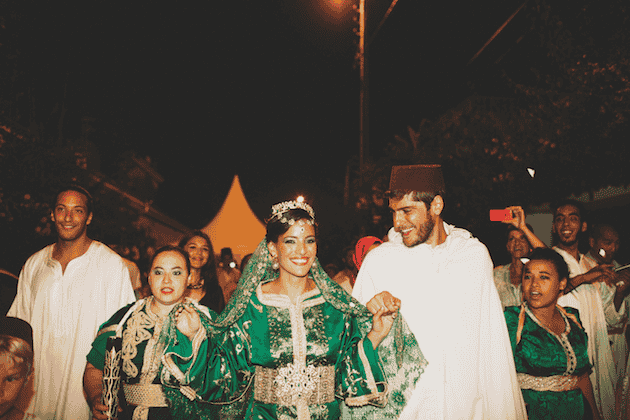
The Role of the Neggafa
If you’ve never heard of a Neggafa, you’re about to meet one of the most important figures in a traditional Moroccan wedding.
A Neggafa is the bridal stylist, but she’s so much more than that. Think of her as a cultural guardian, a beauty expert, and a ceremonial guide all in one.
Here’s what she does:
- Dresses the bride in up to seven traditional outfits, each from a different Moroccan region.
- Assists with hair, jewelry, and makeup, ensuring the bride looks regal in every photo.
- Organizes entrances, like the Amariya moment, and helps with timing rituals throughout the night.
Hiring a good Neggafa is a must, especially for traditional weddings. She carries experience, history, and a deep understanding of Moroccan wedding symbolism.
Neggafa services are unique to Moroccan weddings and reflect the importance of preserving heritage in every detail.
The Bridal Attire: An Evolution of Elegance
You’ve never seen wedding fashion like this before. The Moroccan bride is more than stunning. she’s a walking celebration of culture.
Here’s what makes the Moroccan wedding dress tradition so special:
- Takchita: A two-piece gown worn over a matching inner dress. Often made of silk, satin, or brocade, it’s hand-embroidered with gold or silver thread.
- Seven dress changes: Each outfit represents a different part of Moroccan heritage; Fassi, Amazigh (Berber), Sahrawi, Riffi, and more..
- Jewelry: Elaborate necklaces, earrings, and tiaras, many of them heirlooms.
- Belts and headpieces complete the look, each carrying its own symbolic meaning.
Every time the bride reappears in a new outfit, guests cheer, take photos, and celebrate her transformation. It’s like a fashion show, but with soul and history woven into every stitch.
FAQs
What do guests wear to a Moroccan wedding?
As a guest at a Moroccan wedding, you’re expected to dress elegantly, and traditionally, if possible. Women often wear caftans or takchitas (beautiful embroidered gowns), while men may opt for a djellaba or a tailored suit.
Don’t worry if you’re not Moroccan, wearing respectful, festive attire is more than enough. Just be prepared for lots of photos and compliments if you show up in something local and colorful!
How many days does a Moroccan wedding last?
Traditionally, a Moroccan wedding could last three to seven days, depending on the region and the family’s customs. Each day has its own unique purpose:
- Henna night (Laylat Al Henna)
- Family gatherings
- The main wedding ceremony
- Post-wedding rituals, like welcoming the bride to her new home
Nowadays, especially in cities, many weddings are condensed into two main days—but the spirit of the extended celebration is still alive in every detail.
What is the traditional Moroccan wedding dress called?
The most iconic Moroccan bridal dress is the Takchita—a two-layered gown made with luxurious fabrics, intricate embroidery, and often paired with a matching belt and ornate jewelry.
During the wedding, the bride may wear multiple traditional outfits (up to seven!), each one representing a different Moroccan region. These may include:
- Fassi dress (from Fes)
- Amazigh/Berber dress
- Sahrawi dress (from the Sahara)
- Andalusian styles with Spanish influence
The variety is dazzling—and every outfit tells a story.
How much does a Moroccan wedding cost?
The cost of a Moroccan wedding can vary a lot, depending on how big the celebration is and where it’s held.
Here’s a general idea:
- Small, family-centered wedding: $ 700–$1000
- Mid-range urban wedding: $1000–$5000
- Luxury wedding with venue, Neggafa, multiple outfits, catering, decor, and live music: $10,000–$20,000+
Keep in mind: in Morocco, families often share the financial responsibility, and many services are provided by community members, especially in rural areas.
The Eternal Charm of the Moroccan Wedding
A Moroccan wedding is far more than just a celebration—it’s a living tapestry woven from centuries of culture, faith, family, and festive joy. From the poetic rhythms of Ahidous and the hypnotic chants of Aissawa, to the fragrant henna night and the first bite of sweet lamb with prunes, every element is rich with meaning.
Whether you experience it in the elegant salons of Fes or under the starry skies of the Atlas Mountains, one thing is certain: you’re not just attending an event—you’re becoming part of a timeless story.
And while modern influences are shaping Moroccan weddings in new ways, the heart of the tradition remains untouched. It’s in the songs sung by grandmothers, the blessings whispered over steaming couscous, and the sparkle in the bride’s eyes as she’s lifted on the Amariya.
So whether you’re planning a trip to Morocco, attending a wedding, or simply fascinated by global cultures, let this journey through Moroccan wedding traditions inspire you to embrace beauty, community, and the sacred joy of love.
Are you planning a trip to Morocco soon? Check out our Morocco Tour Packages below and let us know which one best meet your demands! However, if you would like to create your own itinerary based on your preferences and interests, feel free to contact us and we’ll gladly help you get the best trip itinerary tailored to your requests.
- 9 days tour from Casablanca to Marrakech
- 7 days tour from Casablanca to Marrakech
- 8 days tour from Casablanca to the imperial city
- 15 days tour from Casablanca to Marrakech
- 10 days tour of Morocco from Tangier
- 8 days Morocco Tour from Tangier
- 6 days tour from Tangier to Marrakech
- 3 days desert tour from Fes to Marrakech
- 10 days Morocco itinerary from Fes

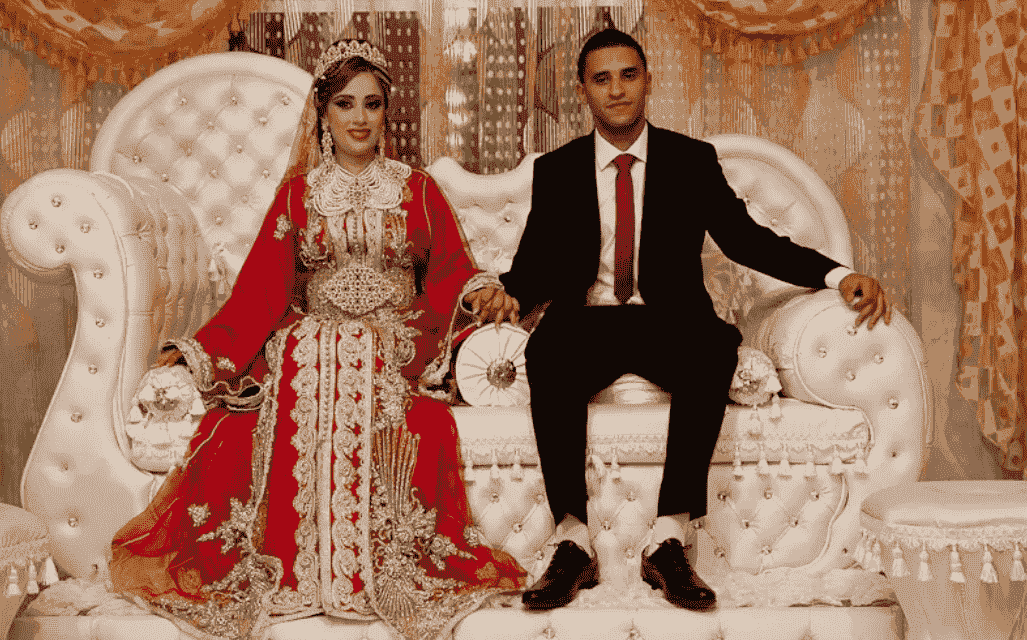
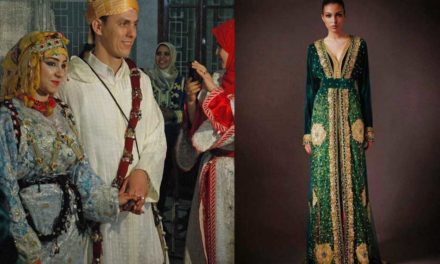

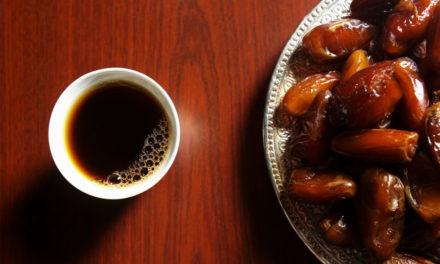
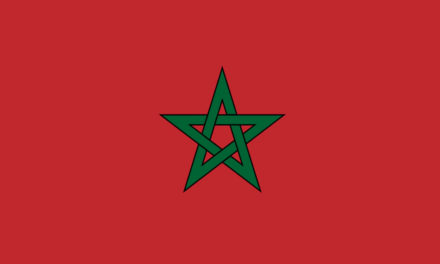

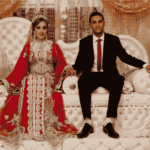



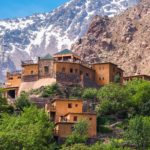
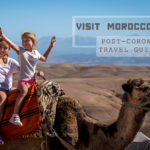






Recent Comments